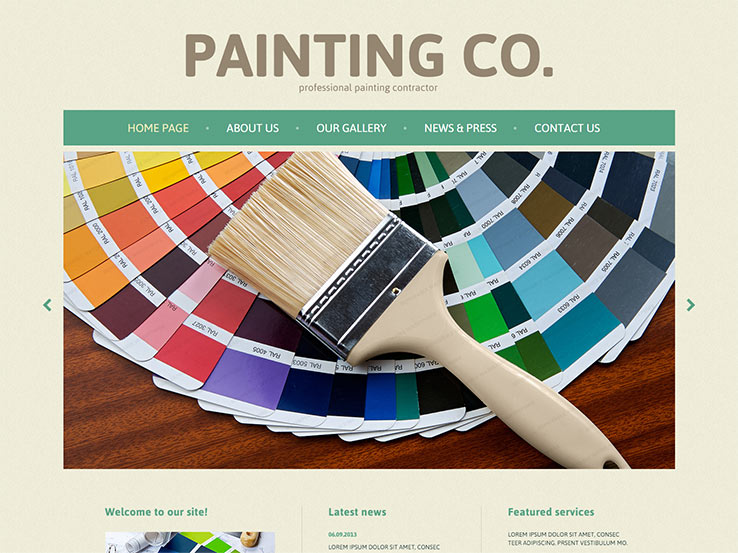In What Methods Do Suitable Shades Influence Your Brand Name'S Aesthetic Charm In Commercial Outside Paint? Reveal The Vital Considerations That Form Your Selections
In What Methods Do Suitable Shades Influence Your Brand Name'S Aesthetic Charm In Commercial Outside Paint? Reveal The Vital Considerations That Form Your Selections
Blog Article
Short Article Composed By-Yu Mouritzen
When it involves business external paint, the shades you pick can make or damage your brand's appeal. Comprehending how different shades affect assumption is crucial to bring in clients and developing trust. But it's not almost individual preference; local patterns and guidelines play a significant duty too. So, how do you discover the best balance in between your vision and what resonates with the neighborhood? Let's explore the vital aspects that assist your shade options.
Recognizing Color Psychology and Its Impact on Business
When you select colors for your business's exterior, comprehending shade psychology can significantly influence exactly how prospective customers regard your brand name.
Shades evoke feelings and set the tone for your company. As an example, blue typically shares depend on and expertise, making it ideal for financial institutions. Red can develop a feeling of seriousness, best for dining establishments and inventory-clearance sale.
At the same time, green symbolizes development and sustainability, interesting eco-conscious customers. Yellow grabs focus and stimulates positive outlook, but too much can overwhelm.
Consider your target market and the message you intend to send out. By picking the ideal shades, you not just improve your visual appeal but also align your picture with your brand name worths, eventually driving customer interaction and loyalty.
Studying Resident Trends and Rules
Exactly how can you ensure your external paint selections resonate with the community? Start by looking into neighborhood trends. Check out neighboring companies and observe their color pattern.
Keep in https://small-job-painters-near-m56665.blazingblog.com/34375068/a-guide-to-preparing-your-home-for-professional-painting-specialists of what's popular and what feels out of place. This'll help you align your choices with community aesthetics.
Next, inspect regional laws. Many towns have guidelines on exterior shades, especially in historic districts. You don't wish to spend time and cash on a combination that isn't compliant.
Engage with local business owners or neighborhood groups to gather insights. They can provide useful responses on what shades are well-received.
Tips for Harmonizing With the Surrounding Atmosphere
To develop a natural look that blends effortlessly with your surroundings, take into consideration the natural surroundings and building styles nearby. Beginning by observing the shades of nearby structures and landscapes. Earthy tones like eco-friendlies, browns, and soft grays often function well in natural setups.
If your home is near lively metropolitan locations, you may choose bolder hues that show the local power.
Next, think about the building style of your structure. Traditional designs might take advantage of classic colors, while modern layouts can accept modern combinations.
Evaluate your color options with examples on the wall surface to see how they connect with the light and atmosphere.
Lastly, remember any local guidelines or neighborhood visual appeals to ensure your option boosts, instead of encounter, the surroundings.
Conclusion
Finally, selecting the right colors for your industrial outside isn't just about looks; it's a strategic choice that influences your brand name's perception. By tapping into color psychology, considering local trends, and making sure consistency with your environments, you'll create a welcoming atmosphere that attracts consumers. Do not neglect to evaluate should you paint your ceiling the same color as your walls before devoting! With https://www.housedigest.com/1028172/expert-tips-for-taping-a-room-before-painting/ , you can raise your company's visual appeal and foster long-term customer involvement and loyalty.
